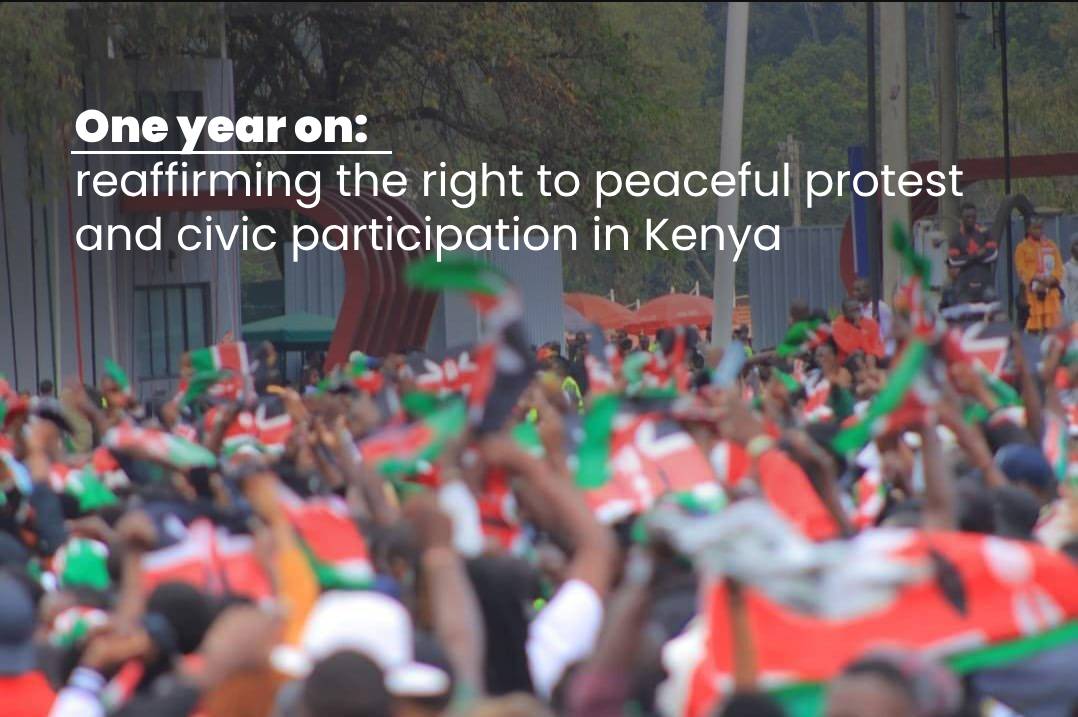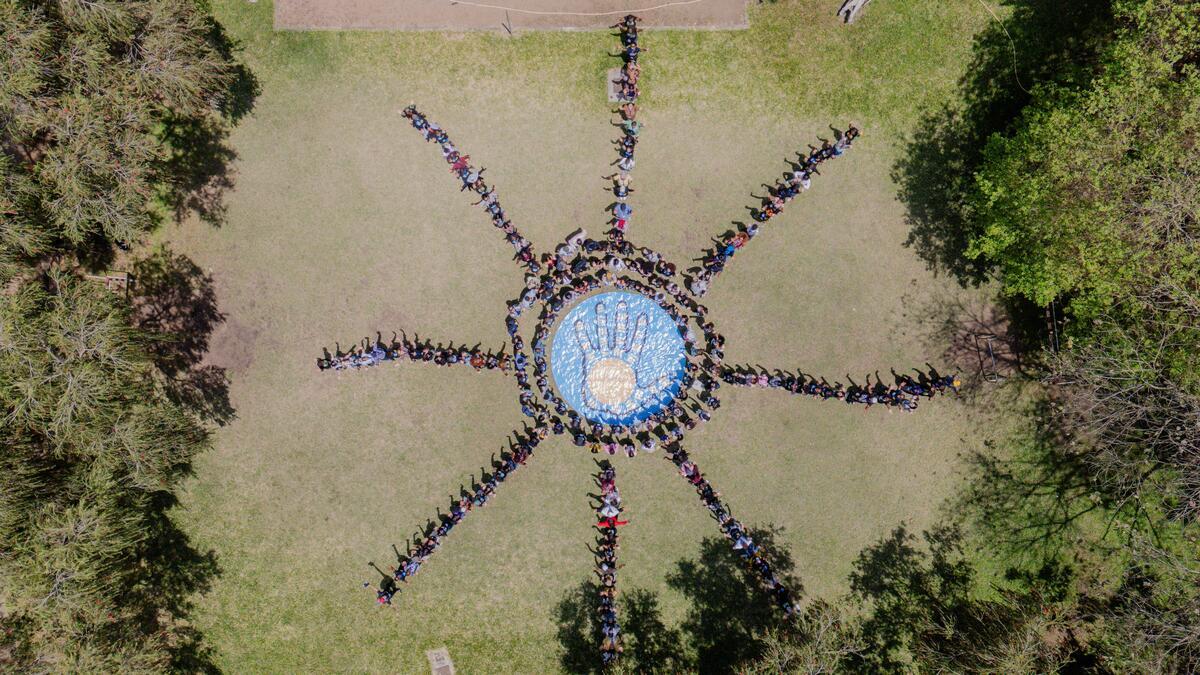Earth, our source of life, is now becoming the barren, toxic wasteland we have always feared with only 23% of our wildlife remaining. We strive for our lungs to inflate with the onrush of our planet’s scenery but instead, it is filled with the smoke of our forests being destroyed and the air pollution clouds that hover over our cities. We intend to reduce the destruction, reduce the environmental impact. However to create this world of balance and fulfillment we need to unite as a global nation to act on big issues, such as climate change and utilise our whole population.
WHY IS WOMEN EMPOWERMENT NEEDED FOR ACTIVISM?
Activism around climate change and global warming has grown tremendously over the years. It has become more apparent that gender equality is vital to accomplish important sustainable goals. This is due to 51.1% of our population being female. To unite as a global nation and combat these big environmental issues we need to utilise women due to their influence in the home and on future generations. Women’s ideas, campaigns, actions, and voices need to be heard to not only spark a movement, but to keep it going for future generations. By empowering and utilizing women in decision making, activist movements and sustainability goals, as a global community, we can make strides towards the conservation of our planet and sustainability goals. We need to educate and empower. The empowerment of these women is vital because behind each strong, empowered woman lies a trail of future successes.
WHY DO WOMEN IN RURAL COMMUNITIES NEED TO BE EMPOWERED?
Women in rural areas are generally uneducated and fall into gender stereotypes and roles. These women are unfortunately unaware of their rights, capabilities, and potential, which can result in mistreatment. This is seen predominantly in areas such as Northern Tanzania where land rights are often exploited. These simple human right violations can lead to much more mistreatment and exploitation by the community. A prime example of how the dis-empowerment of women cannot only negatively affect the community and society, but also the environment is the example of Leah Orwangas.
Leah Orwangas. A widow, a grandmother, and a powerful woman who was denied her rights to land ownership after her husband passed away. Leah and her 21 grandchildren were left helpless in the Sukuro village after her rights were violated and ignored. No food, no land, no shelter. Her sustainable farm was being converted into large-scale agricultural land and her family legacy was being torn down with it. However, after resilience and a fierce spirit, Leah was fortunately able to regain possession of her land. This did not only empower Leah to pass on this knowledge to other female members of her community, but it also prevented the upset in soil composition and nutrients due to her alternative subsistence farming, therefore, benefiting the environment and creating food security for her community. Today her family legacy grows strong alongside her crops and her resilience will never be forgotten.
Women empowerment is needed in rural communities because educated women in these communities will gain respect from fellow citizens. Education allows women to break down the cultural beliefs of gender roles. The breaking down of these gender roles and the respected, powerful women in the community can easily influence change that brings growth to the community as a whole. Ecological farming and energy techniques can be implemented into these communities through sustainable development initiatives. This benefits the environment greatly, reducing the human impact on the environment and ecosystems.
WHY IS ACHIEVING GENDER EQUALITY VITAL FOR SUSTAINABILITY?
The United Nations included “achieve gender equality and empower all women and girls” in its 17 Sustainable Development Goals due to the importance women play in society.
The education of women allows them access to resources that can ultimately benefit them, the environment, and the economy creating sustainability. Women who are educated have access to opportunities such as high-end careers. Women with access to these resources earn higher incomes, reduce health issues, and can create financial security for their families which in return benefits the GDP and economy of the country. Women with access to education in rural areas are taught to farm sustainably and therefore produce higher crop yields.
WOMEN’S CONTRIBUTIONS:
Women’s contributions are extremely valuable. 51,1% of the population is female and to unite to combat the environmental issues we need as many contributions and solutions as possible.
As Biermayr-Jenzano once stated: “It’s not only a human right, it’s to be intelligent. Because if 50 percent of the population is underperforming, the economy is not going to flourish. Women’s economic empowerment is empowering society.” This concept applies to the environment, society as well as the economy. We can see the empowerment of women benefits all sides of sustainability when looking at campaigns such as Barefoot College where the empowerment and training of women to become solar engineers not only benefits the environment through solar energy, but also benefits the community by bringing power into the villages as well as a respect for women.
As we can see the empowerment of women is vital and a global community is needed in order to combat environmental issues. Women that are empowered and have a voice are by definition, strong women. However to find and fight for that voice is extremely difficult and is what builds these vigorous women.
Resources:
A Global Voice For Women. Women’s Empowerment and Its Link to Sustainable Development: A Cross-Cutting and Integrated Approach.
Madeira, Erin Myers. “Want to Save the Planet? Empower Women.” The Nature Conservancy, 6 Mar. 2018,
www.nature.org/en-us/what-we-do/our-insights/perspectives/want-to-save-the-planet-empower-women/. Accessed 30 May 2021.
the United Nations. “In Focus: Women and the Sustainable Development Goals (SDGs).” UN Women, 2019,
www.unwomen.org/en/news/in-focus/women-and-the-sdgs. Accessed 31 May 2021.
The World Bank. “Population, Female (% of Total) | Data.” Worldbank.org, 2019, data.worldbank.org/indicator/SP.POP.TOTL.FE.ZS. Accessed 31 May 2021.United Nations. “Empowering Women for Sustainable Development .:. Sustainable Development Knowledge Platform.” Sustainabledevelopment.un.org, sustainabledevelopment.un.org/index.php?page=view&type=400&nr=549&menu=1515. Accessed 31 May 2021.




Discussion
Wow, this is piece is so empowering and I think this is an amazing insight on gender and sustainability
Thank you for your feedback 🙂.
Wow. What an inspiring piece on woman empowerment and sustainability